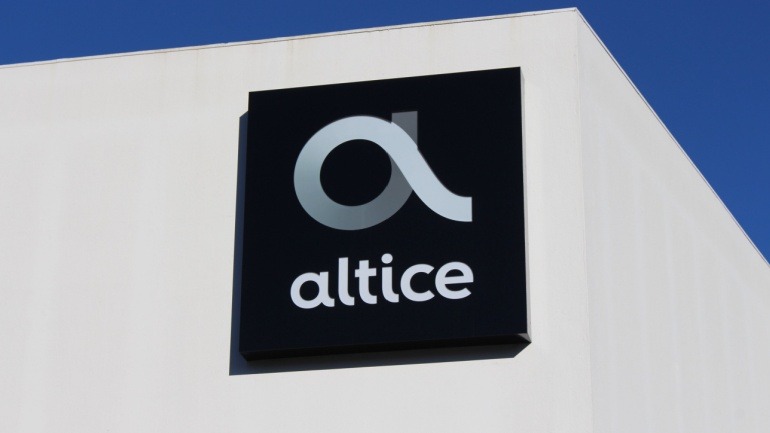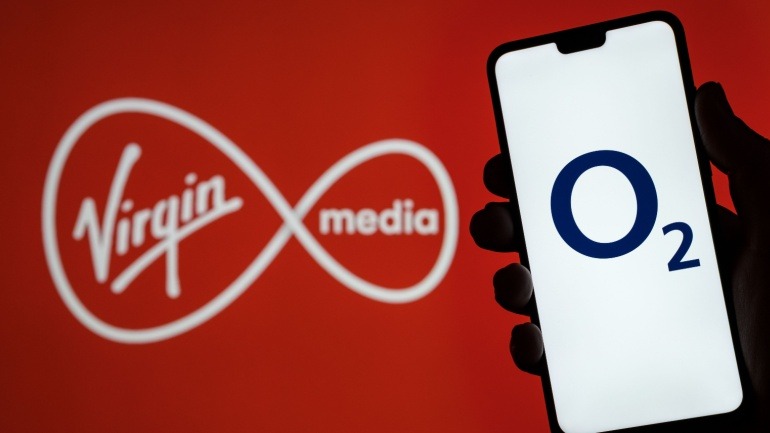In a recent move, Altice decisively rejected a joint €17 billion bid from Bouygues Telecom, Iliad, and Orange to acquire and partition SFR assets. Despite the news breaking last night, an email disclosed by Altice France’s head, Arthur Dreyfuss, confirmed the offer was quickly declined.
The potential deal proposed these three telecommunication leaders would divide major SFR components among themselves. Bouygues planned to take 43% of the assets, Iliad 30%, and Orange the remaining 27%. This division included splitting consumer businesses across mobile and fixed broadband sectors. However, Bouygues and Iliad solely sought the B2B unit. The companies would share SFR’s physical network infrastructure and spectrum holdings.
Despite the sizable proposal, it excluded smaller Altice assets and ventures, such as Intelcia, UltraEdge, and XP Fibre, as well as operations in overseas regions. The €21 billion valuation fell significantly short of SFR’s desired figure. SFR’s owner, billionaire Patrick Drahi, had anticipated closer to €30 billion.
This approach of dividing telco assets among competitors has precedents, such as the Brazilian scenario in 2020. Then, Telefónica, Claro Brasil, and TIM Brasil collaborated to divide struggling operator Oi. However, such arrangements raise regulatory challenges, especially in terms of consumer impact assessment.
European regulators have historically resisted mergers reducing telecom market players, concerned with potential price hikes and stifled innovation. Yet, industry leaders argue these consolidations are crucial for unlocking future investments. The GSMA, representing global telecom interests, recently urged for more merger-friendly regulations.
However, signs indicate a warming regulatory stance. The merger between Vodafone and Three in the UK, and Orange and MasMovil in Spain, reflects this evolving sentiment. Although complex, obtaining regulatory approval for such mergers is increasingly feasible.
Whether Bouygues, Iliad, and Orange will present another proposal remains to be seen. Industry observers anticipate updates on future negotiations soon.







